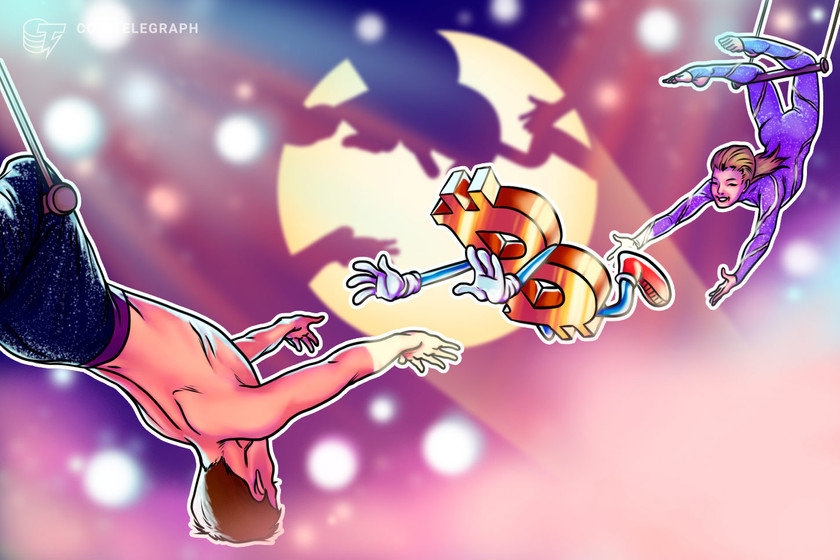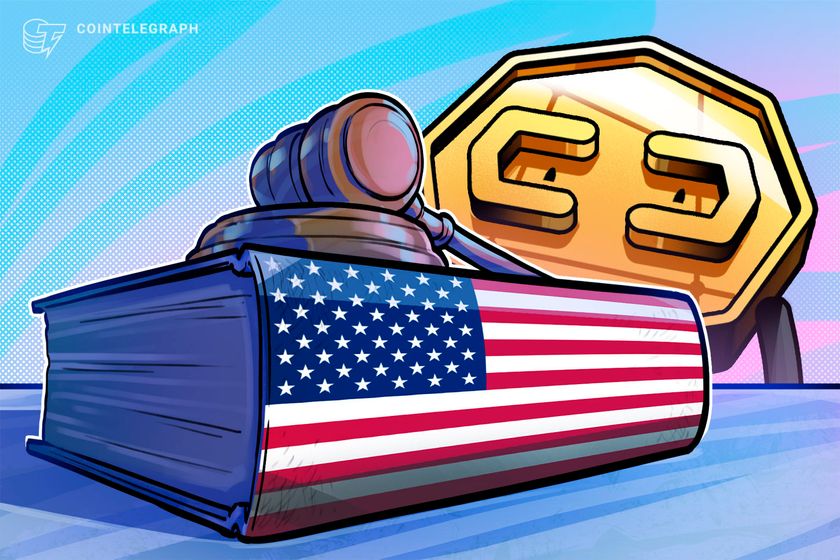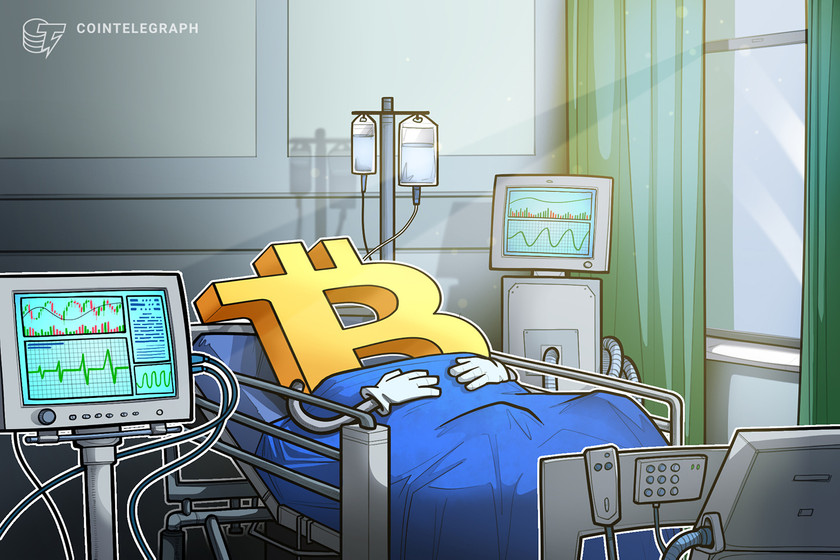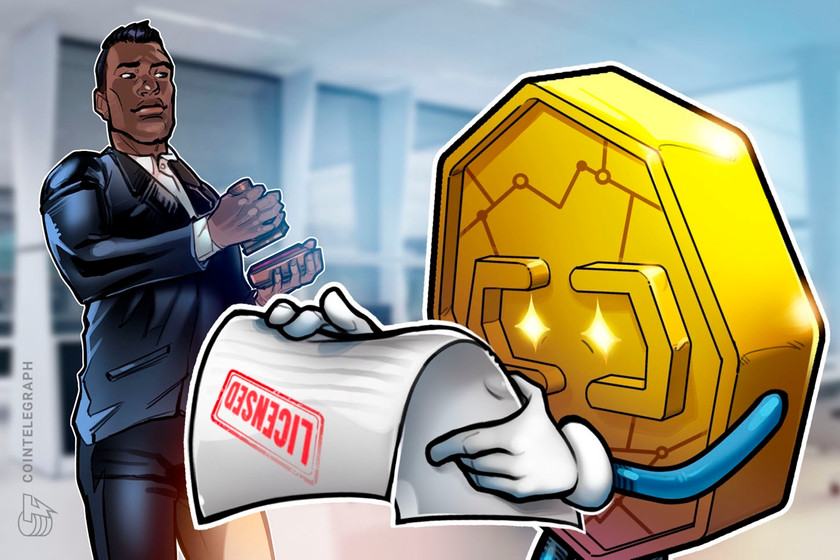As the dust begins to settle over MakerDAO’s Black Thursday incident, the team is now returning to a normal working pace. We took the opportunity to catch up with Rune Christensen, one of the original founders of the protocol, for a full recap of the situation and what it means for Maker (MKR).
Christensen had been oddly quiet as the events were unfolding, never joining any forum discussion or issuing comments to the media — until now.
MakerDAO provides users with stable DAI cryptocurrency in exchange for their volatile crypto holdings, and the platform faced a reckoning as Ethereum crashed in unison with almost every other economic asset on March 12. A series of issues resulted in the protocol missing about $5 million in collateral, destabilizing the lending platform and its DAI stablecoin.
Cointelegraph closely followed the subsequent emergency measures, which included the introduction of USDC as an additional form of supported collateral and the auctioning of newly minted MKR tokens.
In this first part of his interview with Cointelegraph, Christensen provides commentary and explains why he was off the radar during these trying times for MakerDAO.
In answering questions about his view of Black Thursday, Christensen said the sudden sell-off placed the Ethereum ecosystem under extreme stress. “This could very well be the worst crash we’ve seen yet in crypto,” he said.
As traders continued selling ETH for more stable assets (such as DAI), its liquidity “essentially dried up,” explained Christensen. Fees on the network increased drastically as well, which only compounded the problem for Maker.
He emphasized that the protocol was not at fault:
“While the Maker protocol actually did function completely as it should throughout this whole event, unfortunately, the keeper ecosystem, which is meant to help the protocol deal with risky debt in crashes like this, didn’t perform as expected.”
The Maker Foundation had some keepers of its own, but they were not able to contain the flood. Due to the extraordinary number of auctions, its keepers exhausted the pool of DAI available for bidding. But when the foundation replenished the keeper’s reserves, a technical issue related Ethereum’s high gas fees meant that “several hours passed before they actually started bidding.”
In any case, community-run keepers had also failed in their task. Christensen stressed that this was not in any way caused by the foundation’s keeper software, which he said most bidders don’t use anyway.
The complexity of keepers
Keepers are crucial for maintaining DAI’s stability, and Christensen repeatedly emphasized that the community is responsible for maintaining the ecosystem. He said:
“This was the goal from the beginning, that it really would be the community that would take care of this part of the system [the keepers] as much as possible.”
Keepers require technical programming knowledge to operate, which doesn’t exactly help their widespread adoption. Christensen suggests the job of building a user-friendly UI goes to the community, not to Maker Foundation.
“And what we see is that there’s already two independent front ends for the flip auctions that emerged,” he added. So-called “flip auctions” are responsible for selling ETH collateral to maintain the DAI peg. Regardless, Christensen believes that UI-based keepers will not be able to keep up with bots, though they do have utility during extreme events.
“The next time there’s a big crash, then I really think that having these front ends is going to be very useful.”
Responsibility for the crash
Christensen was notably absent from any community decision-making in the wake of Black Thursday. While the community quickly passed decisions like the inclusion of USDC to patch up the system, the final issue left to resolve is the compensation for Maker users who saw their ETH holdings unfairly liquidated.
This is proving to be a much more complex decision to make as some community members have invoked the help of the foundation — only to receive radio silence.
“The thing about DeFi is that it is permissionless, open, and decentralized — most importantly. What’s great is that you don’t have to ask anyone for permission to use it, but it often means when something goes unexpected […] it’s not right to assume that we should just let the foundation decide.”
Answering a question often posed in the community as to why the foundation is not compensating these losses directly, he said:
“I think if the foundation were making guarantees around the system, that would go against the whole purpose of DeFi. The foundation did develop the protocol […] but ultimately, the foundation isn’t operating the system.”
Community activation
Christensen expressed admiration for the Maker community’s response to the crash, despite no input from the foundation. He continued:
“I think that it’s incredible to see the level of sophisticated discussion that’s happening, the analysis, and the arguments. So it would be a big mistake if the foundation weighed in and basically shut all that down and decided for some arbitrary action, which is simply not the place of the foundation to do.”
True to the spirit of DeFi, the burden of solving the situation falls on the Maker community, argues Christensen. He concluded:
“It’s been clear from the very beginning within the foundation that our job in this situation is to simply support whatever the community decides.”









